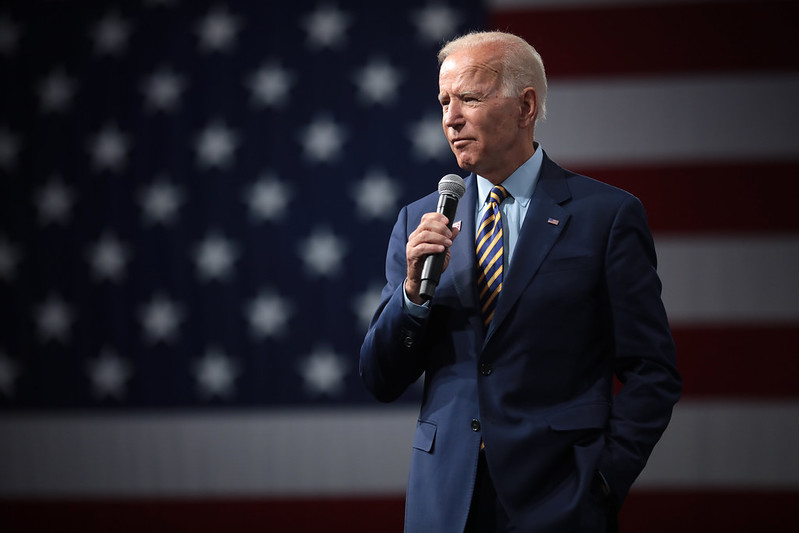You might not have heard of Sienna Sauce yet, but you will soon if Tyla-Simone Crayton has anything to say about it.
Crayton is a 17-year-old CEO of a business she started herself, Sienna Sauce, a stable of sauces that are perfect for chicken wings and just about anything else you might want to put a sauce on.
She has sold her product all over the United States to over 70 retail shops, generating $192,000 in revenue. She has received more than $45,000 in funding through pitch contests and collected close to $200,000 from crowdfunding platforms.
As the sauces keep flowing off the shelves Clayton is ready to help others find their sweet spot of success with some words of wisdom.
- Never stop learning and always ask questions. Crayton encourages people to not be afraid to be vulnerable or to not be the smartest person around. Mark Cuban of Shark Tank fame says the same. Cuban surprised Crayton when he appeared on ABC’s Localish series “More in Common” last October and offered her some hard-won advice.“Business is a sport, you’ve got to compete. But most importantly, you’ve got to recognize that you’ve got to learn all of the time,” Cuban told her. “A great entrepreneur is always learning because things change all the time.”
- Find a mentor that will help you through the hard times. Experts say that a mentor can speed up career and personal growth. And mentorship has helped many successful people get over those first hurdles.
- The customer can teach you something, too. Crayton has made it a point of taking seriously feedback she gets from customers. After her first “signature sauce” came out, Tangy in 2018, her customers practically begged for additional flavors. So she added Spicy and Lemon Pepper, and her sales went up. And that is why they have three different flavors now.
“When you listen to customers, they tell you exactly what they want,” Crayton said.

